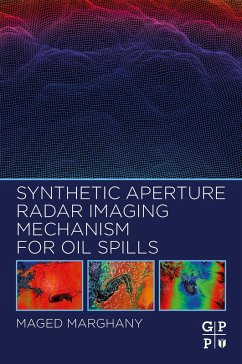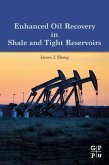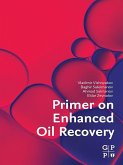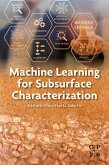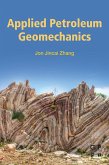Synthetic Aperture Radar Imaging Mechanism for Oil Spills delivers the critical tool needed to understand the latest technology in radar imaging of oil spills, particularly microwave radar as a main source to understand analysis and applications in the field of marine pollution. Filling the gap between modern physics quantum theory and applications of radar imaging of oil spills, this reference is packed with technical details associated with the potentiality of synthetic aperture radar (SAR) and the key methods used to extract the value-added information necessary, such as location, size, perimeter and chemical details of the oil slick from SAR measurements.
Rounding out with practical simulation trajectory movements of oil spills using radar images, this book brings an effective new source of technology and applications for today's oil and marine pollution engineers.
Rounding out with practical simulation trajectory movements of oil spills using radar images, this book brings an effective new source of technology and applications for today's oil and marine pollution engineers.
- Bridges the gap between theory and application of the techniques involving oil spill monitoring
- Helps readers understand a new approach to four-dimensional automatic detection
- Provides advanced knowledge on image processing based on intelligent learning machine algorithms and new techniques for detection, such as quantum and multi-objective algorithms
Dieser Download kann aus rechtlichen Gründen nur mit Rechnungsadresse in A, B, BG, CY, CZ, D, DK, EW, E, FIN, F, GR, HR, H, IRL, I, LT, L, LR, M, NL, PL, P, R, S, SLO, SK ausgeliefert werden.

